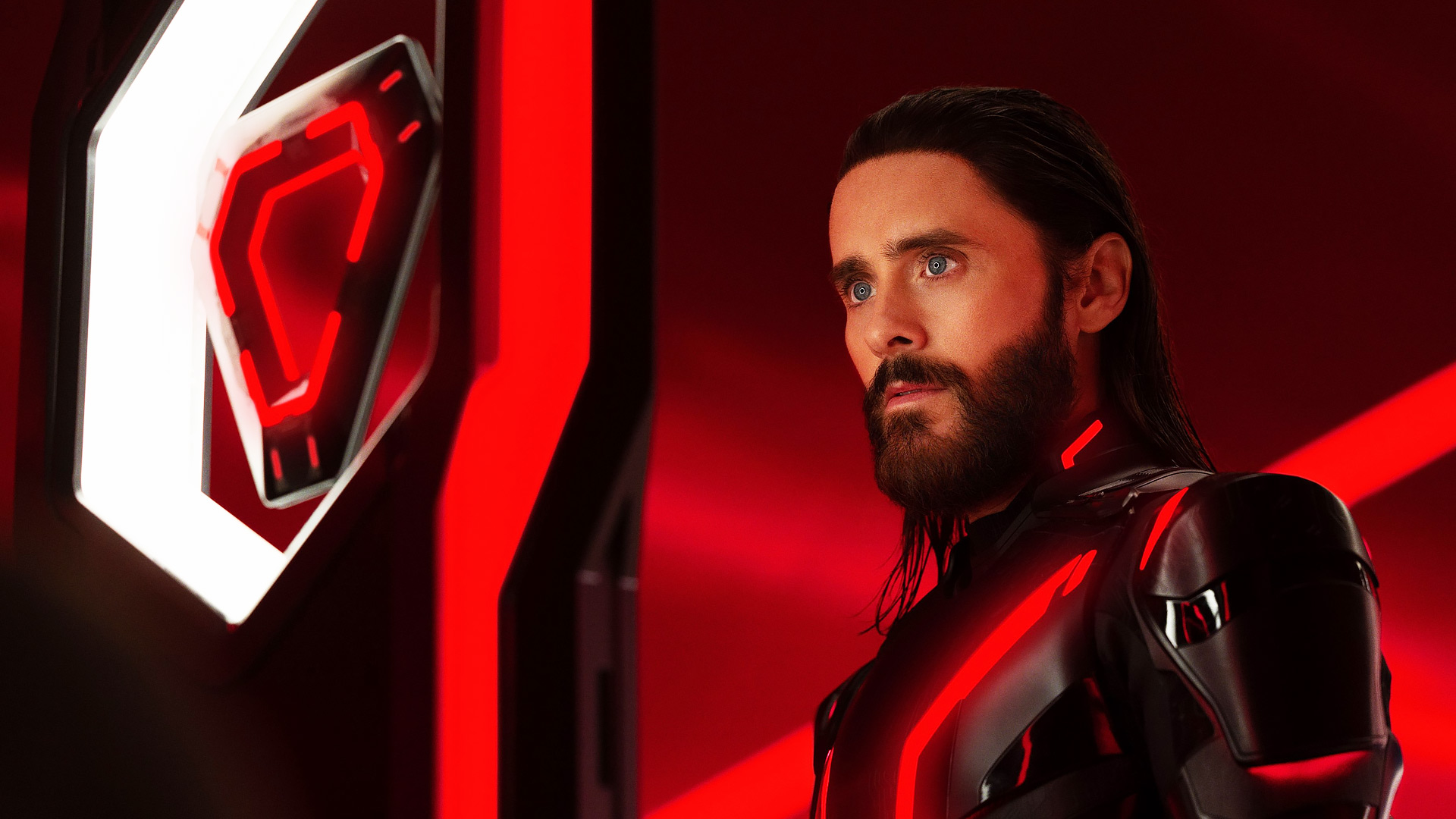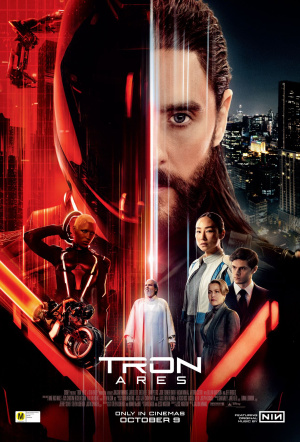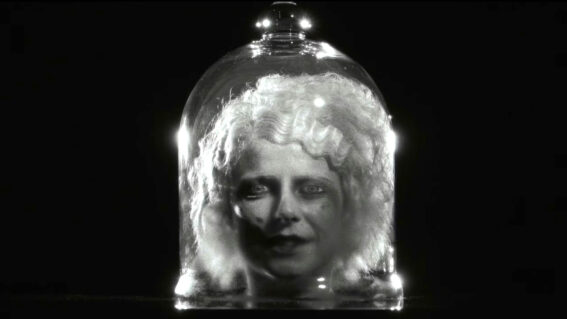How Tron: Ares reimagines the Tron universe
Tron: Ares reinvents the iconic science fiction franchise, bringing its burningly bright virtual world crashing into ours. There are some surprises – and lots of “look, shiny!”

The central fantasy of the Tron movies, until now, has been all about entering The Grid—a cyber realm with pinball-bright neon colours and some very cool bikes. The latest installment, Tron: Ares, flips that idea: it’s more about virtual elements from The Grid materialising in our reality.
“What if we could build a bridge between two walled-off worlds?” asks villainous tech CEO Julian Dillinger (Evan Peters), pitching the creation of a “perfect, expendable soldier” to a group of shareholders. The proof of concept stands beside him: Ares (Jared Leto), a super program in human form, dressed in black spandex with glowing red light panels—because futuristic, because cool.
This kickass creation is capable of mind-blowing superpowers and signifies a world-changing breakthrough—the virtual becoming actual. But there’s a major design flaw: anything coming out of the digital realm will disintegrate in just 29 minutes. Thus the tech industry is on the hunt for “the permanence code,” which is actually located very early in the runtime—on a snow-covered mountain, because cinematic, by a woman named Eve (Greta Lee), because religious allegory.
As a fan of Ares’ two predecessors (released in 1982 and 2010 respectively), these early scenes gave me a sinking feeling that director Joachim Rønning had reduced the franchise to a killer-robot movie, with no essential difference between Ares and any other badass droid. Fortunately, Rønning and screenwriter Jess Wigutow proved me wrong: while this bumpily plotted ride is far from a masterpiece—with a couple of scenes (incuding a soapy epilogue) deserving of immediate deletion—it’s got fun ideas and several surprises.
One of the silly pleasures of the Tron movies is watching them visualise the inner workings of computer programs, imaging how these programs or algorithms “think” and react. The results are similar to characters in talking animals movies, in that very unhuman things are viewed through a very human lens. This often leads to trippy places, for instance triggering ruminations on sentience and divine powers.
Take one early scene from the original movie, set inside The Grid. One imprisoned character, forced to compete in a brutal tournament, tells his oppressors they’ve made a mistake: “I’m just a compound interest program.” Soon later a fellow captive asks him: “Do you believe in the users?” This man, or program, or whatever it is, responds: “Yeah, sure. If I didn’t have a user, who wrote me?”
What a completely bonkers way to kick off a blockbuster franchise. And it gets stranger with the revelation that all programs “who believe” are being rounded up and sent to the cyber gulag.
Nothing in Tron: Ares is that weird, and it’s obvious what the film is doing allegorically. Rønning is clearly retooling Tron to to make a comment on artificial intelligence, banging us on the head with messages about AI’s inevitability (says Evan: “The car is being built right now. The question is, who’s holding the keys?”) as well as its potential for good (says Eve: “For every doomsday scenario, there is a medical breakthrough, a scientific discovery”). Some outlets have responded scathingly, publishing thinkpieces with pointy headlines like “Tron: Ares Wants to Gaslight You About the Future of AI” and “The New Tron Movie Is Pro-A.I. Propaganda.”

These articles make valid points, though I think the pro-AI angle mostly stems from Hollywood’s inevitable happy ending rather than the film lacking a statement about AI’s dangers (in fact it makes a massive song and dance about the technology being potentially used for nefarious purposes; the whole villain plotline hinges on it). As a VR enthusiast, who straps on a headset several times a week and bumbles around in the metaverse, I found the film more interesting as a comment on where we’re at with mixed and augmented realities, which are becoming, as they say, a thing.
The evening before I watched Tron: Ares, I played Star Wars: Beyond Victory, a mixed reality experience that brings miniature pod racing courses into your lounge room—imperfectly demonstrating a powerful emerging medium. There’s also been lots of buzz recently about augmented reality glasses, with Meta’s upcoming fancy new specs and Apple reportedly set to join the party. These are only two examples of the ballooning culture of extended reality, the umbrella term to describe technology that creates, extends, and blends realities through digital simulations and embellishments. The fantasy of entering a virtual world is starting to look a little dated; our virtual and actual worlds are being increasingly overlaid and inseparable.

Tron: Ares has a great time revelling in that overlap. One its centerpiece chase scenes begins with Eve hopping on a Tron bike, which surrounds and attaches itself to her: a transhuman image, person and machine as one, and also a reality-hopping machine: once digital, now physical. Then she fangs it like a bat out of hell, charging through the city with another Tron bike in hot pursuit, creating a trailing barrier of light—which looked cool in the 80s and looks even better now.
Maybe that’s the real evolution of Tron: not the leap into a digital unknown, but the slow seep of that world into ours. It’s less about entering The Grid, or The Matrix, or “the machine,” than about no longer knowing which side of the glass we’re on.

























